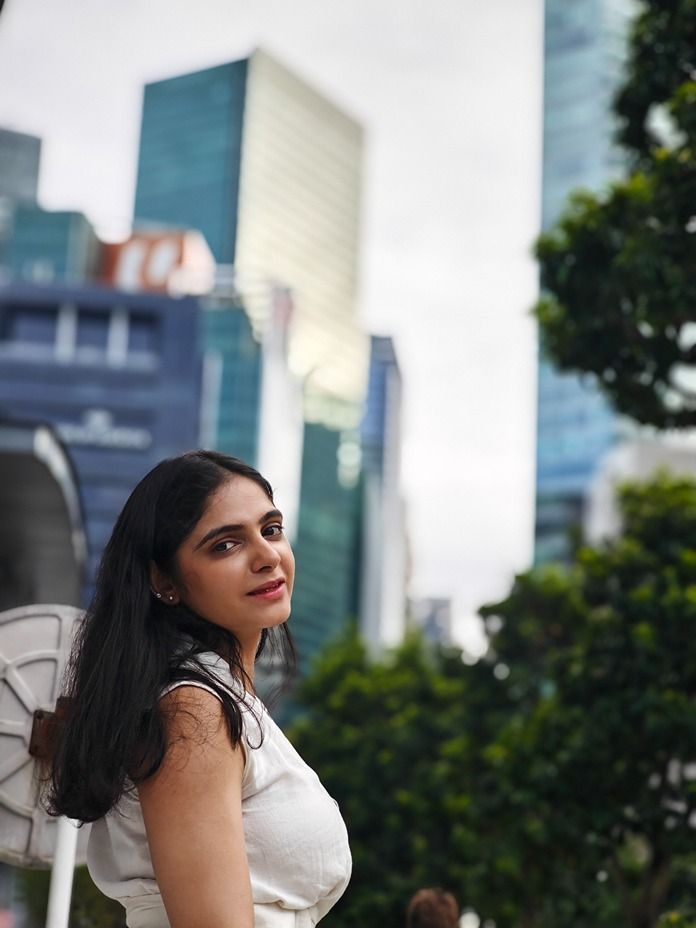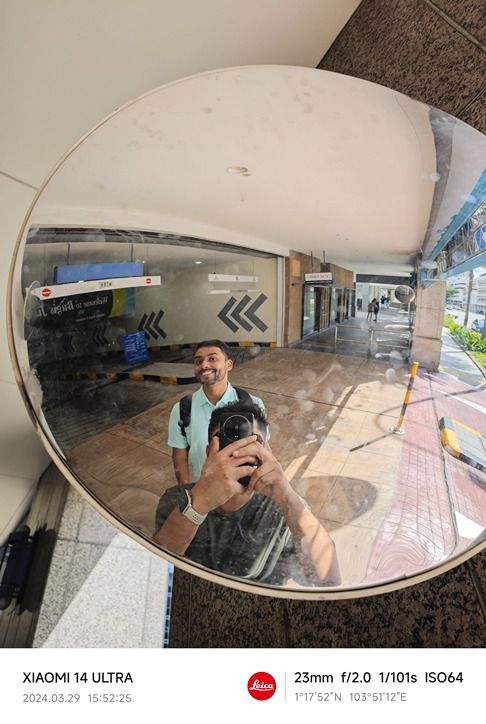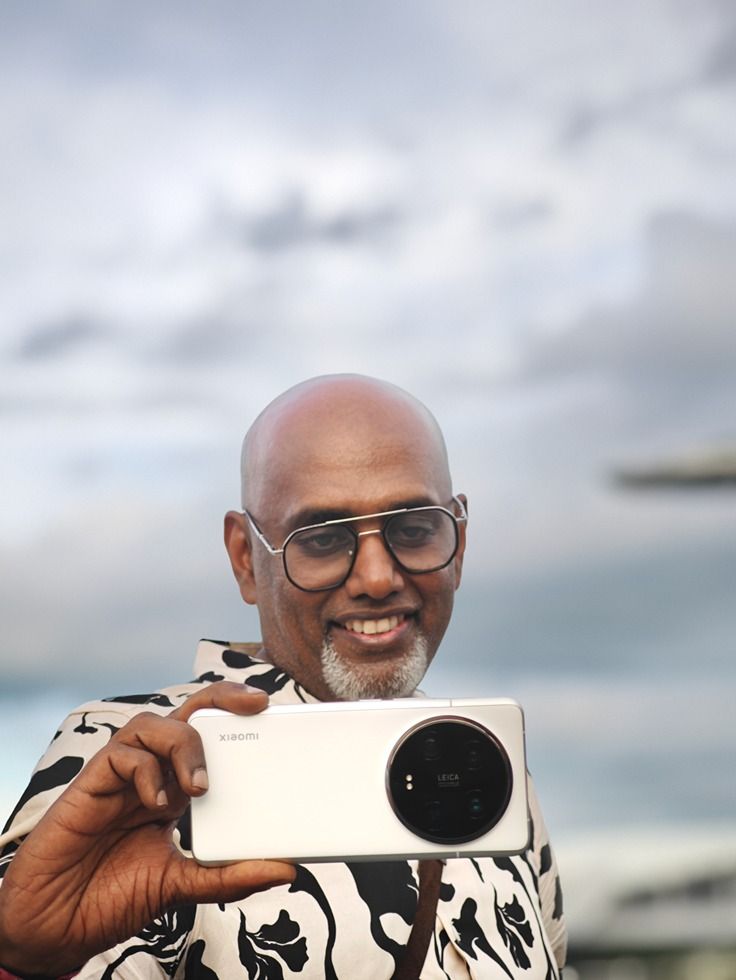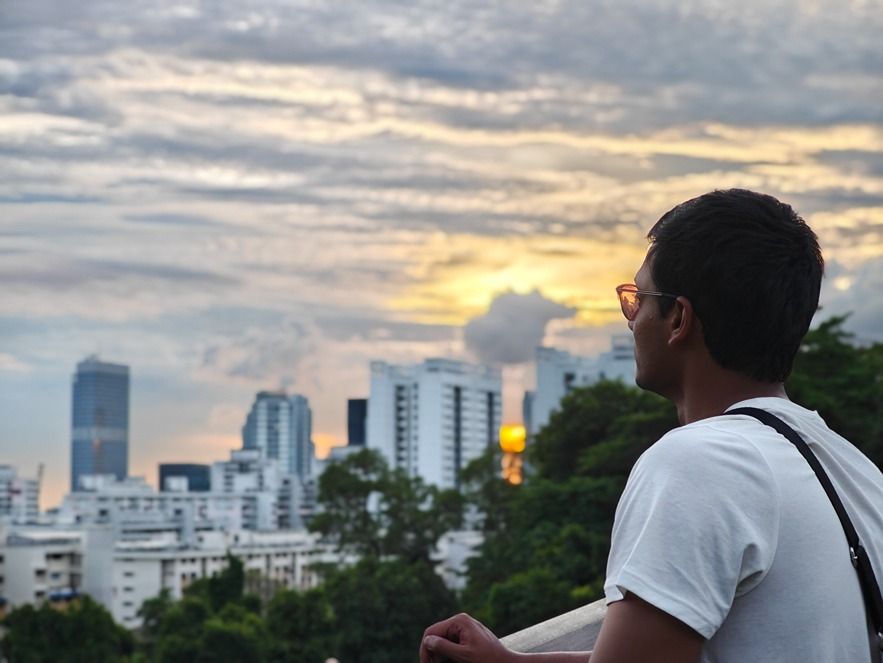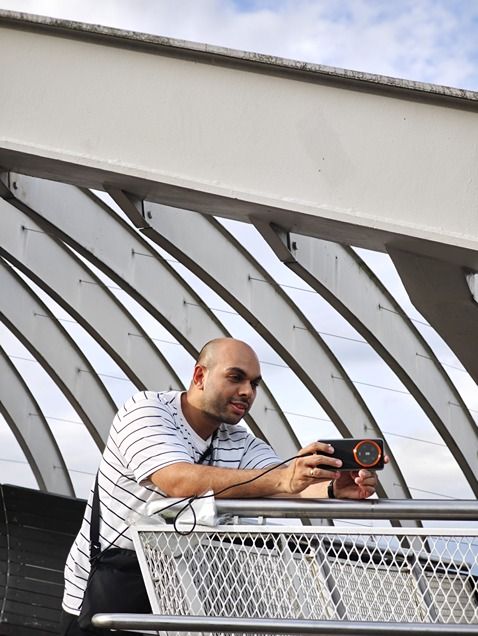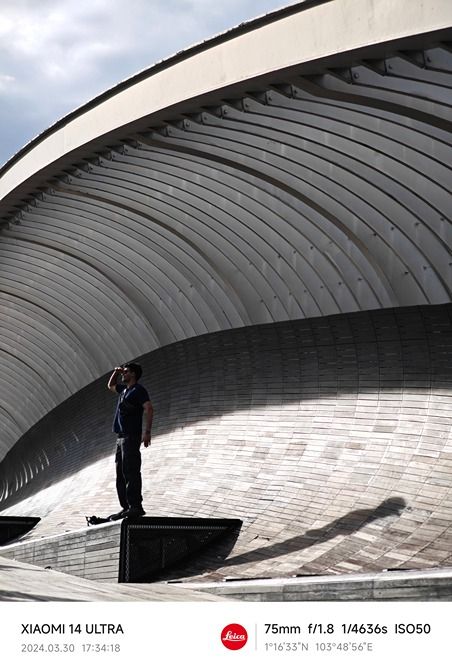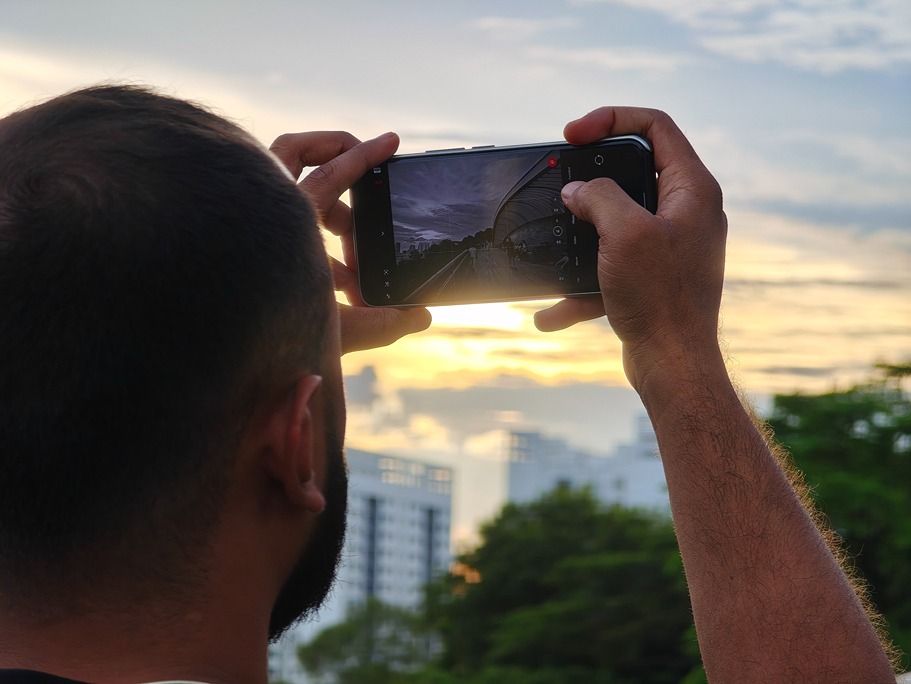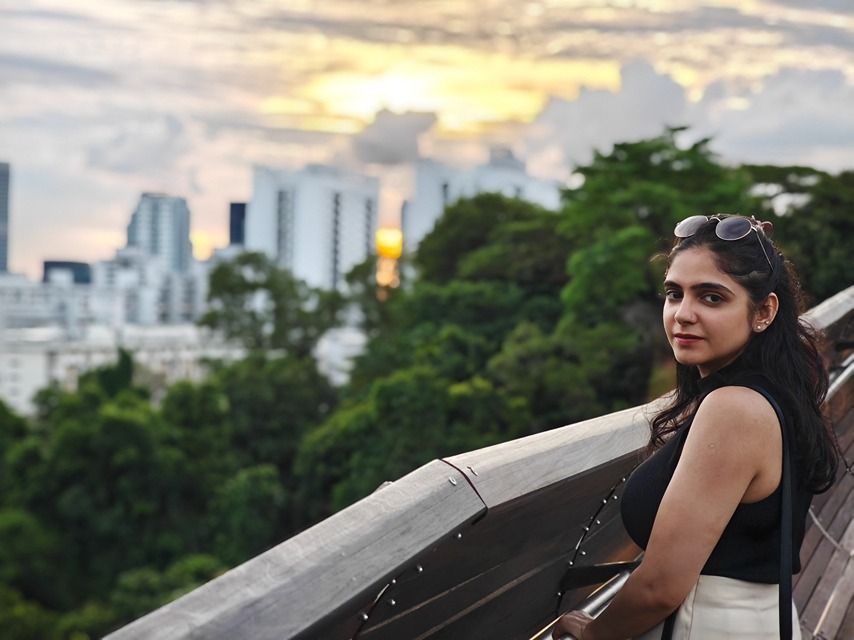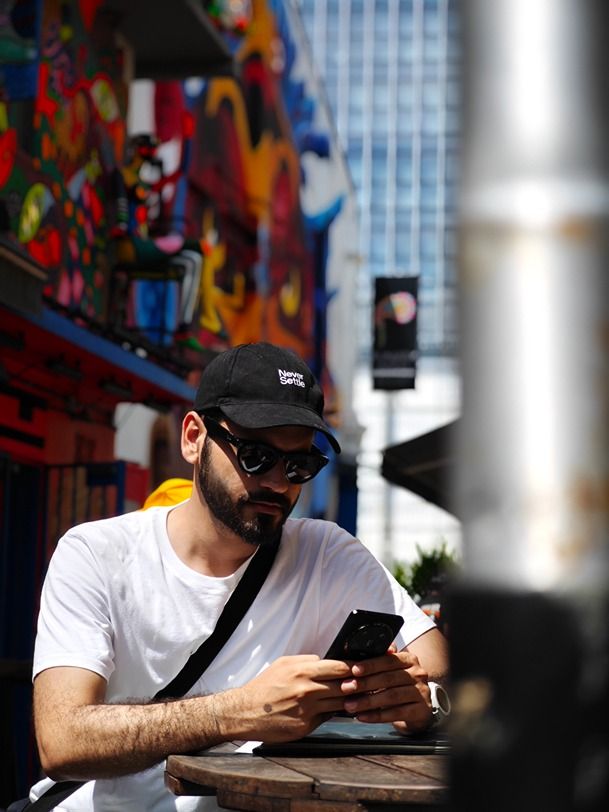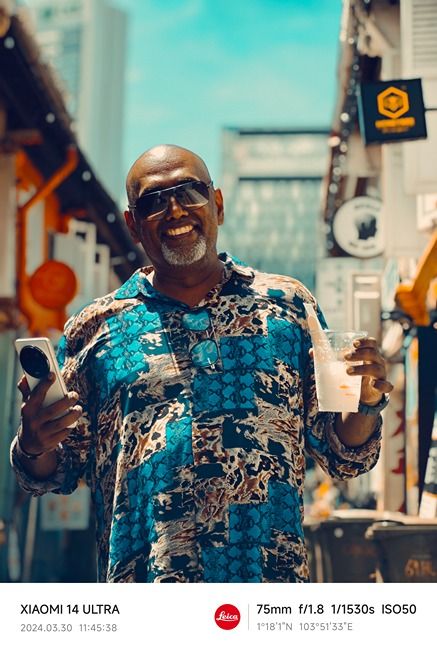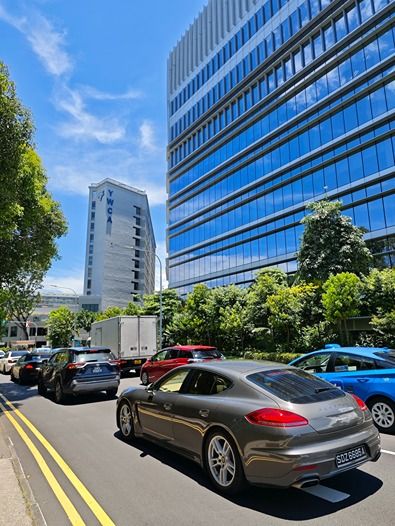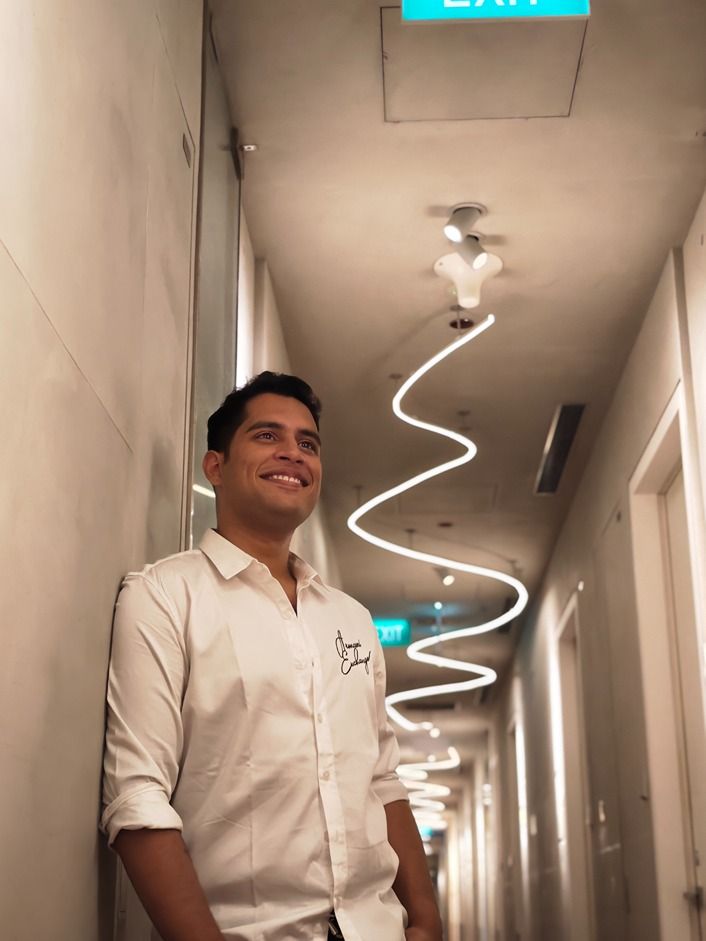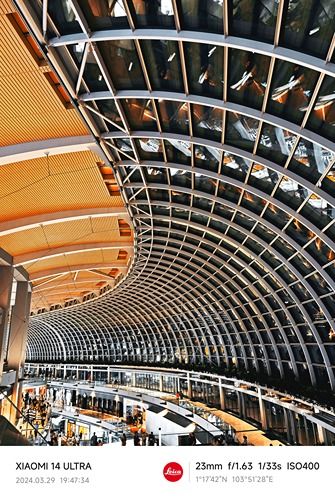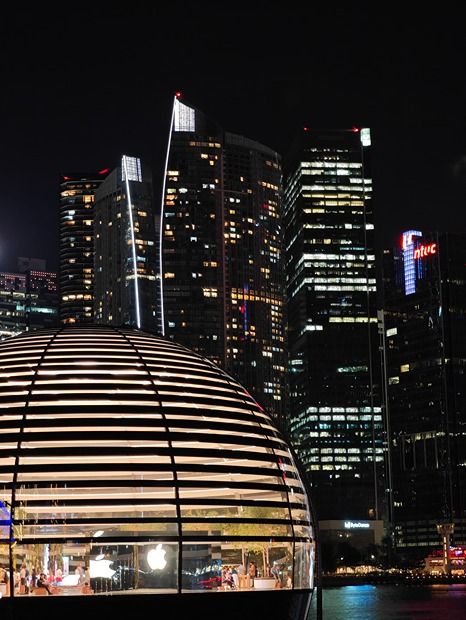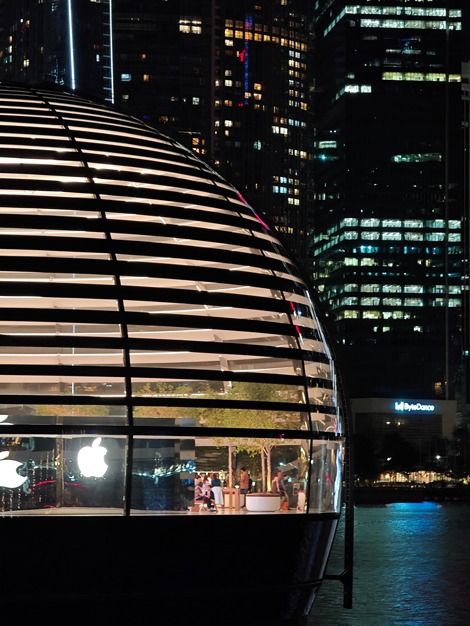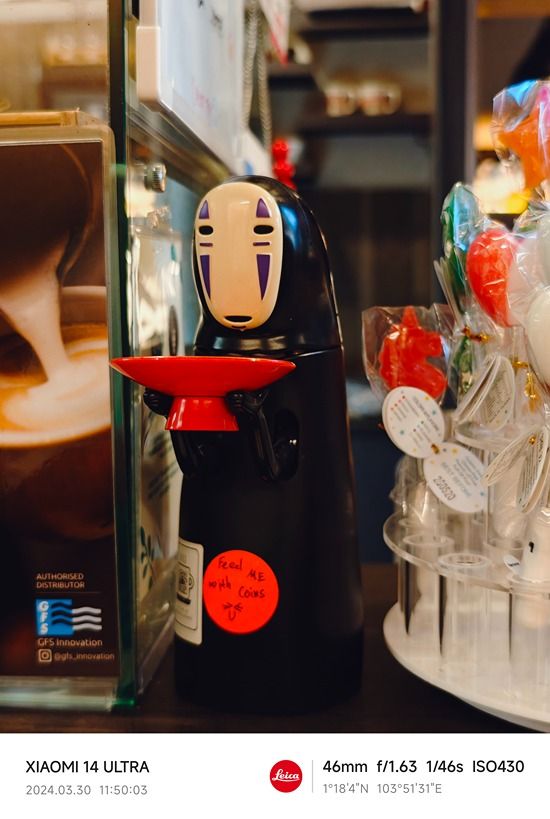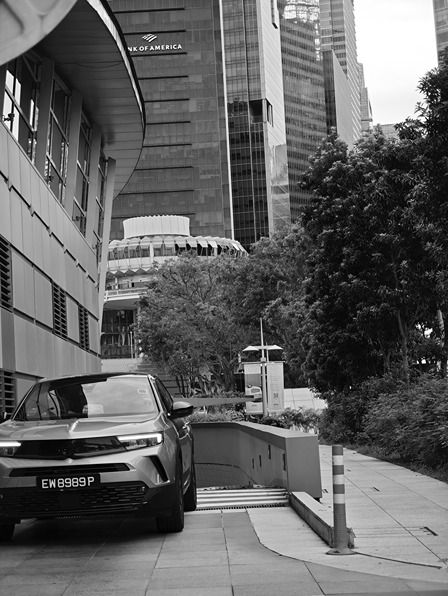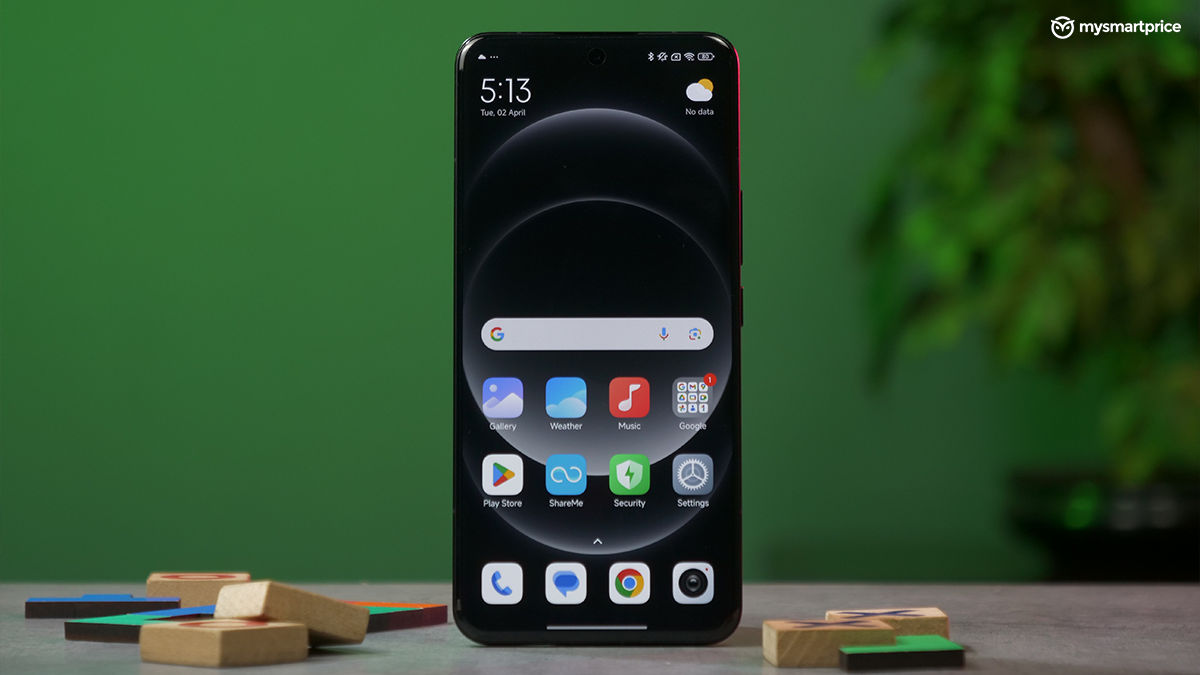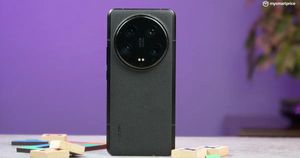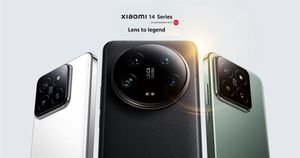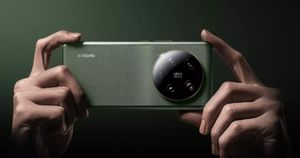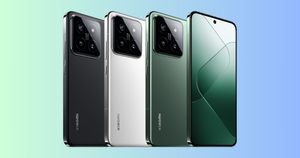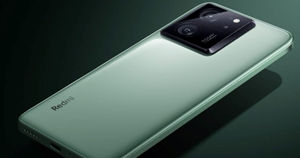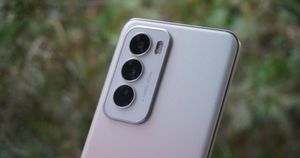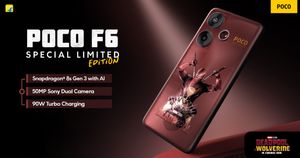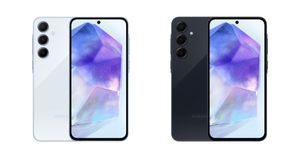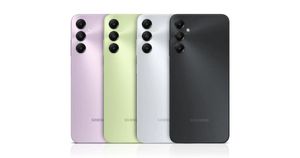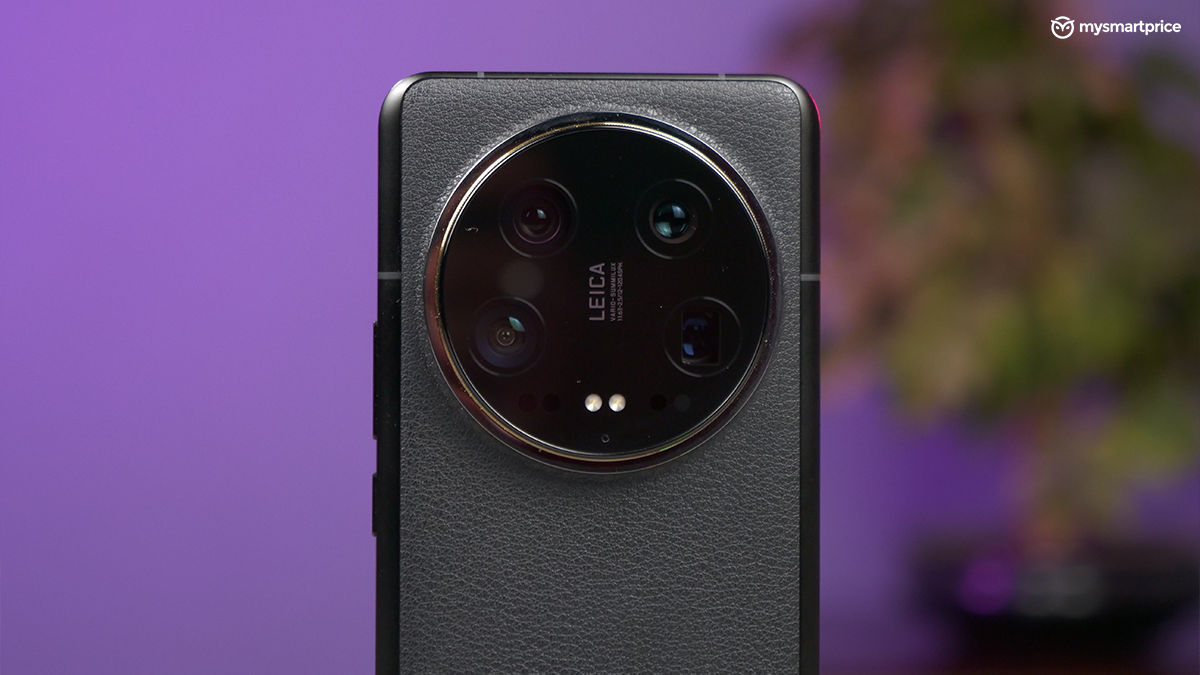
The dream of a smartphone camera that rivals dedicated cameras has been a recurring theme, with phones like the Nokia Pureview 808 paving the way. Fast-forward to today, and the Xiaomi 14 Ultra throws its hat into the ring. As a videographer who cut his teeth on professional DSLRs and mirrorless cameras from Nikon, Canon, and Sony, I’m a tough sell on mobile photography. Even now, my trusty company-issued Panasonic Lumix GH5, though showing its age, remains my go-to for product shots and MySmartPrice videos.
So, when Xiaomi whisked me away to Singapore for their “Behind the Lens” event showcasing the 14 Ultra alongside select media, I was cautiously optimistic. Could this phone truly be a mirrorless replacement? There’s a lot that went on behind the lens, and this review dives deep to find out what.
Xiaomi 14 Ultra Review: The camera
A look at Xiaomi 14 Ultra’s spec sheet doesn’t reveal the full picture. On paper, it still has a 50-megapixel quad camera system, bearing many similarities to its predecessor. But the primary sensor has changed, along with a few more things, such as the neural processing engine. After having it used for a few weeks, a few things became clear to me.
This Leica co-engineered camera system is designed for enthusiasts, but it’s destined to blow the minds of laypeople.
| Cameras | Specifications |
| Primary camera | 50MP, f/1.6-f/4.0, 23mm, 1.0″-type |
| Secondary camera | 50MP, f/1.8, 75mm (telephoto), OIS, 3.2x optical zoom |
| Tertiary camera | 50MP, f/2.5, 120mm (periscope telephoto), OIS, 5x optical zoom |
| Quaternary camera | 50MP, f/1.8, 12mm, 122˚ (ultrawide) |
| Selfie camera | 32MP, f/2.0, 22mm (wide) |
| Video recording capabilities | Up to 8K at 30fps |
| Other features | Leica lenses, Panorama, HDR, 67mm filter ring holder (to be bought separately) |
There’s no way anybody can click a poor shot with these cameras, not even by accident. It has a delicate balance of optical perfection and digital correction.
What I mean to say is that the lenses are bright enough to allow a ton of light even in the darkest of scenes, and the algorithm is smart enough to detect what’s going on and correct everything smartly for you. The most important aspect of it is how quickly you get to see the final result – processing takes barely half a second, even in the most complex scenes. This clarity and speed is consistent across all four cameras, mind you. Here’s a starter gallery to depict the clarity of the camera system.
In many ways, it’s the direct antithesis of the Google Pixel camera, which relies solely on processing to create its signature contrasty look while taking its own sweet time.
That preface was for the Luddites. Allow me to break it down for the nerds as well. Nothing about the Xiaomi 14 Ultra’s camera system is routine—it’s just one giant book of bar trivia.
- The primary 1-inch Sony LYT-900 sensor is much larger than most other flagships on the market, including the Galaxy S24 Ultra and the iPhone 15 Pro Max. The large sensor allows better light capture and image fidelity, which are required for those post-processing edits.
- This sensor is paired with the legendary Leica Summilux lens. For those curious, the word Summilux stems from ‘summi’, meaning maximum, and lux, which means light. Usually, Leica lenses with a wide f/1.4 aperture get this moniker. This lets you click photos with natural yet creamy bokeh.
- The aperture is mechanically variable from f/1.4 to f/4.0 – that’s right. At the time of writing, this is the only smartphone in India to let you seamlessly vary the aperture size, just like a DSLR or mirrorless camera.
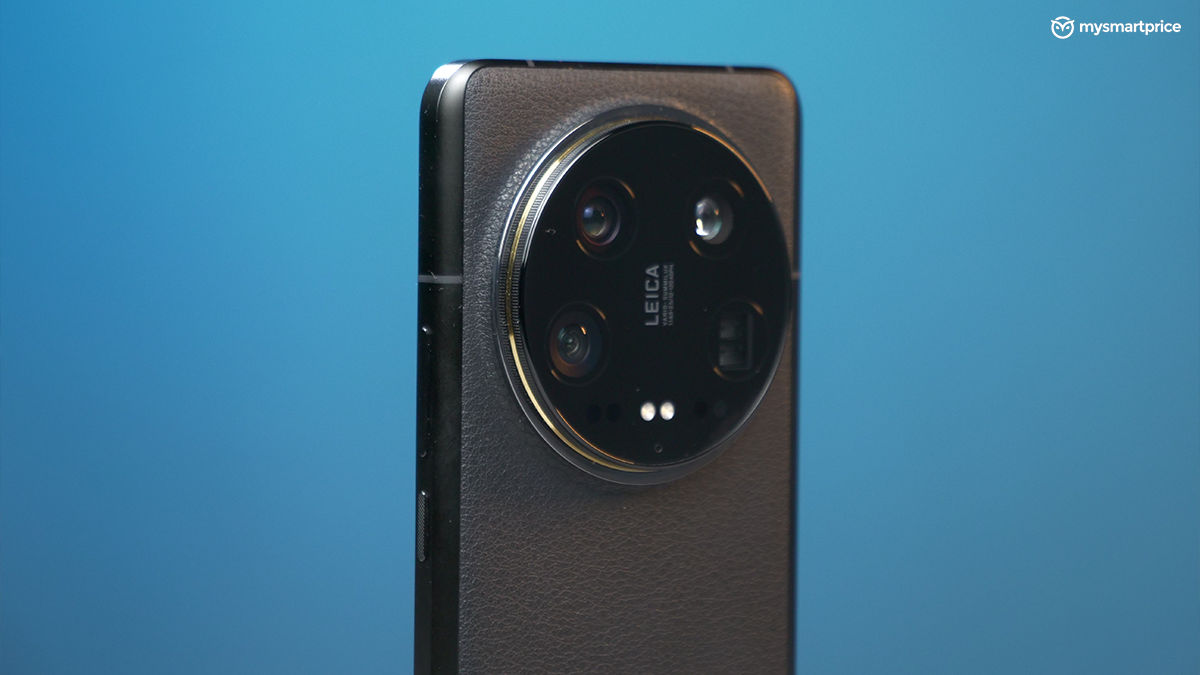
- Thanks to the shape of the aperture and the clear coating of the lenses, you can achieve gorgeous starbursts on points of light (when facing a street lamp or the sun directly). I have never seen a mobile camera do this with such finesse before.
- The 75mm periscope telephoto lens has a floating lens mechanism, or lenses that physically move to help you have a pinpoint focus on subjects as close as 10cm or as far as infinity.
- It features six Leica filters (Natural, Vivid, BW Natural, BW High Contrast, Sepia and Blue),that yield different moods to your photos. These are LUTs, so you can also choose a filter after clicking.
- You get 14 stops of dynamic range. 14! ‘Stops’ refers to the ability of a camera or sensor to capture a wide range of light intensities. Going a stop higher means doubling (and halving) the maximum or lowest light amount. The last time I heard a smartphone getting any closer was the iPhone 15 Pro Max, with 12 stops. For reference, a Sony a7III has 15 stops of dynamic range.
- It’s a complete videography package too, thanks to 8K video capture across all four rear cameras. You can shoot in 10-bit LOG and then colour grade to your preference. Heck, you can connect as many as four more Xiaomi flagships (13 onwards) and use them wirelessly in tandem to have a multi-cam setup or use them as monitors.
That said, I haven’t had the opportunity to use the optional photography case that Xiaomi sells overseas. But it seems nifty from its looks.
Xiaomi 14 Ultra Review: Everything else (the phone)
While it may appear like a camera that can make calls and connect to the internet, the Xiaomi 14 Ultra is a smartphone nevertheless. Here’s what my experience has been like with the rest of the package.
Xiaomi 14 Ultra: Design and build
From the first look at the 14 Ultra, it becomes clear almost immediately that Xiaomi wants to replicate the exquisite Leica craftsmanship. It’s a drastic departure from the design of its predecessor, ditching the reflective, fingerprinty glass back in favour of a more practical faux leather texture complemented by a coarse high-strength aluminium chassis.
| Design | Specifications |
| Weight | 219.8 grams |
| Thickness | 9.20mm |
| IP Rating | IP68 |
I accidentally dropped-tested the phone from a height of 5 feet. I had mounted the phone on a street lamp in Singapore to record a shot of me doing touristy things. While it fell on the bushes, it survived without a single crack, except for a dent in the frame.

But, it’s cumbersome to use for long hours and carry around in your pockets. It’s a bit too top-heavy, and that might not be everybody’s cup of tea. That’s right, that’s this review’s first proper ‘con’.
I love the Xiaomi 14 in that regard, as it provides 70% of the camera chops while being half the size of the 14 Ultra.
Xiaomi 14 Ultra: Display and audio
The Xiaomi 14 Ultra has a curved display, so those who still can’t leave behind the mid-2010s are absolutely going to love it. It’s fast, bright, responsive and crisp. It doesn’t deviate too much from its predecessor. To entertain myself on the flight, I also watched Dune in 4K on Prime Video. Except for the part that I couldn’t hold it without my arm hurting, the visual experience was enjoyable. The display was also legible in the harsh tropical sunlight of Singapore.
| Display | Specifications |
| Size | 6.73-inch |
| Type | AMOLED |
| Resolution | 3200 x 1440 pixels |
| Refresh rate | 120Hz |
| Peak brightness | Claimed – 3000nits |
| Screen protection | Xiaomi Shield Glass |
The audio and tactile experience are equally good. Like all flagships, it has two speakers. I wish the bass were a tad more pronounced to compete with the iPhone 15 Pro, but the Xiaomi 14 Ultra makes up for that with higher sound volumes. The haptics are also lovely—they precisely convey what’s up and don’t shake the entire frame of the phone.
Xiaomi 14 Ultra: Performance
The Snapdragon 8 Gen 3 chipset is as top-of-the-line as it can get for early 2024. Here’s a quick look at its internal specifications.
| Hardware | Specifications |
| Processor | Qualcomm Snapdragon 8 Gen 3 |
| RAM | Up to 16GB LPDDR5X |
| Storage | Up to 512GB UFS 4.0 |
| Software version | Xiaomi HyperOS based on Android 14 |
| Connectivity details | Wi-Fi 7, Bluetooth 5.4 |
It proves itself in day-to-day use as well. I could easily juggle my usual workload comprising of emails, navigating via Maps, keeping things organised on Basecamp and editing a bunch of videos on Vita. Even image editing and heavy camera usage don’t cause it to heat up.
Xiaomi 14 Ultra: Battery
The 14 Ultra is intended to go up against the biggies, including the mighty Galaxy S24 Ultra. Despite packing a comparable 5000mAh battery capacity, it is capable of six hours of screen on time or just about a day’s worth of backup. The S24 Ultra lasts slightly longer and can easily go half a day more.
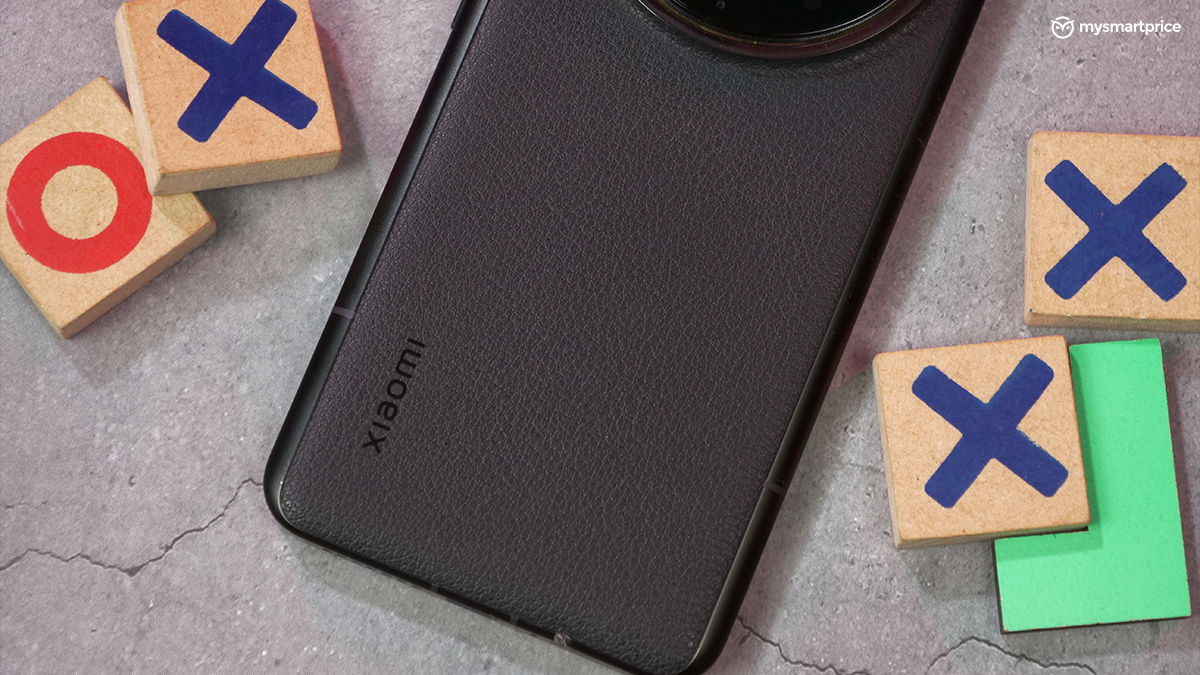
On a positive note, the Xiaomi 14 Ultra charges up far quicker. You get a 120W charger in the box, but the phone caps out at 90W. With a 1-100% time of around 35 minutes, the Xiaomi 14 Ultra ultimately makes the battery and charging department even-steven with the S24 Ultra.
But I’d be remiss if I didn’t mention that the Vivo X100 Pro also exists, and it charges up slightly quicker than the 14 Ultra.
Xiaomi 14 Ultra: Verdict
If you make lakhs out of your Instagram handle (or make lakhs in general) and have a knack for photography, the Xiaomi 14 Ultra is the phone to buy. Clear Leica optics, awesome algorithms and a gazillion little photography-centric features make this a must-buy.
Given that the phone packs a combination of cameras for nearly every scenario and has a baked-in director mode, which allows for multi-cam shoots and monitoring, it can be a great cost-effective mirrorless replacement for studios or production houses.
It’s also not stingy with the phone aspect either, armed with top-of-the-line internal specs as well as a solid, rugged build quality. Plus, it comes with a charging adapter.
However, remember that you’ll have to make conscious efforts to learn how to live with it. It is bulky, you can’t hold it in your hand for too long without your biceps giving up, and it won’t fit in every denim pocket.

